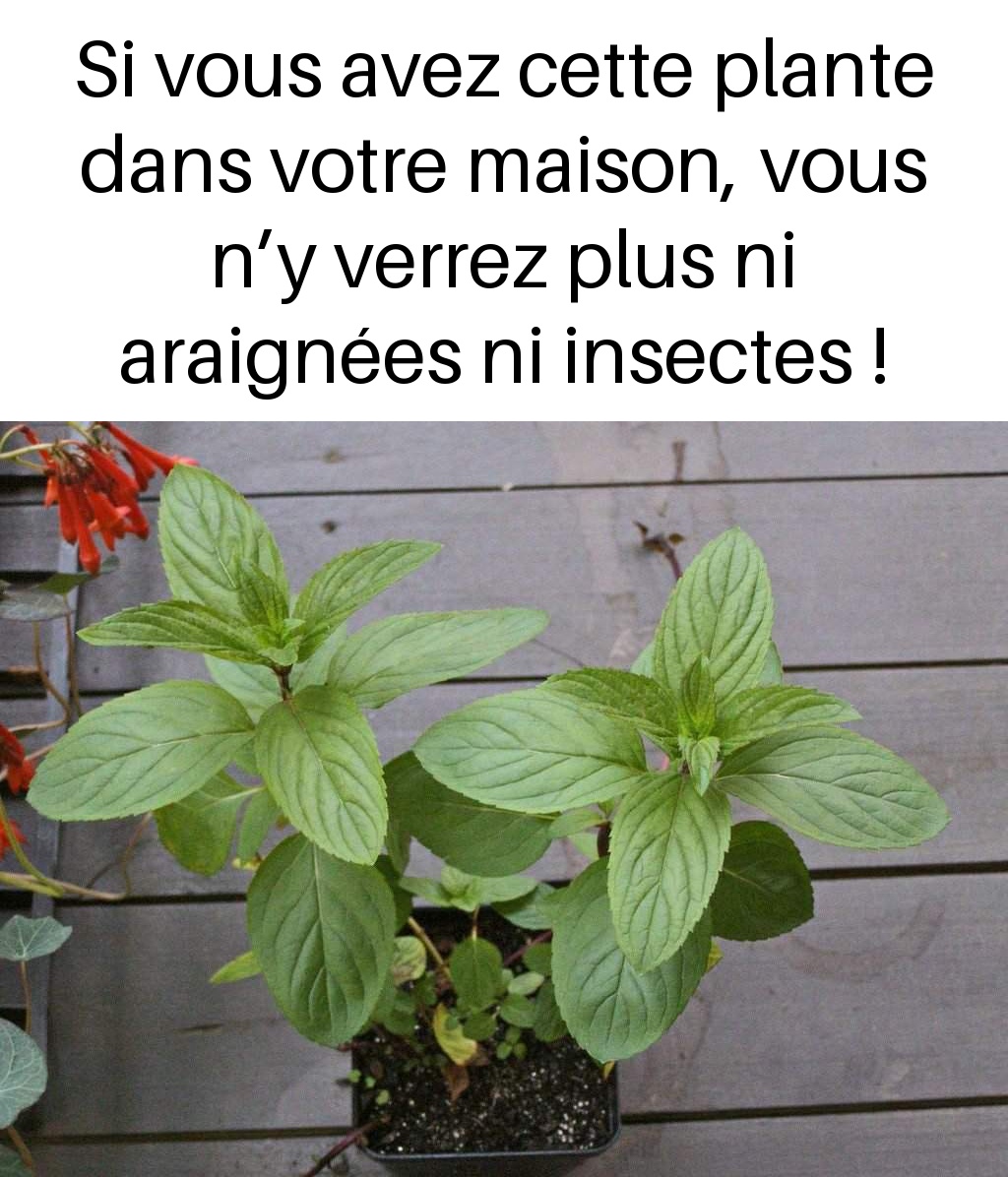Insects and spiders in the house are a common problem, whether for people who have a fear of these small creatures or for those who simply want to avoid an unwanted invasion. While there are many chemical products available to combat these pests, more and more people are turning to natural and eco-friendly solutions to keep their homes clean and pest-free. Among these solutions, there’s one particular plant that can be your ally in the battle against unwanted creatures: the Spider Plant (Chlorophytum comosum).
Why the Spider Plant is a Natural Solution for Insects and Spiders
The Spider Plant, thanks to its natural properties, is an effective and eco-friendly alternative to keep spiders and other insects out of your home. It’s not just a decorative houseplant, but it plays an important role in managing your indoor environment by repelling certain types of insects, all without the use of harmful chemicals.
1. A Plant That Naturally Repels Insects
The secret to the Spider Plant’s effectiveness lies in its scent and appearance. While the smell is usually subtle to humans, it acts as a powerful repellent for certain insects. In fact, the plant releases compounds that irritate some insects, such as flies, gnats, ants, and even spiders. The plant’s long, bushy leaves are also not favored by spiders, who tend to avoid these areas when looking for a spot to spin their webs.
2. Repellent Properties Against Spiders
Spiders, while important to the ecosystem, can be a source of discomfort in your home. Spider Plants contain volatile compounds that repel these eight-legged creatures. It has been shown that some plants, including the Spider Plant, release substances that disturb spiders and encourage them to flee rather than settle in the corners of your home.
3. Easy to Grow and Maintain
One of the reasons the Spider Plant is so popular is due to its ease of cultivation. It’s not demanding; it thrives in bright conditions but also tolerates indirect light. It requires minimal maintenance and can grow well in a variety of soil types, making it an ideal option for those who aren’t necessarily plant experts. Besides being decorative and air-purifying, it also naturally helps keep your space free of pests.
Other Plants That Repel Insects
While the Spider Plant is an excellent choice for keeping spiders and insects at bay, there are several other plants with repellent properties that can be beneficial for your home. Here are a few more plants that can help you maintain an insect-free environment:
1. Mint
Mint is an aromatic plant that not only pleasantly scents your home but also repels a wide range of insects. The strong smell of mint acts as a natural deterrent to flies, mosquitoes, ants, and even rodents. You can plant mint in pots and place them strategically in the kitchen or near windows to keep insects from entering.
2. Lavender
Lavender, with its enchanting fragrance, is widely known for repelling insects. It is particularly effective against mosquitoes and flies. You can place it in your bedrooms, on window sills, or even make sachets to place in your closets. Lavender is not only an excellent repellent, but it also offers calming benefits for those who breathe it in.
3. Citrus Plants (Lemon, Lime, etc.)
Citrus plants are powerful insect repellents, particularly against mosquitoes. The scent of lemon and other citrus fruits irritates insects. You can also create natural insect-repellent sprays by mixing citrus essential oils. Having a lemon tree or other citrus plants in your home can act as a natural deterrent to pests.
4. Basil
In addition to its culinary properties, basil is a great repellent against mosquitoes. The strong odor of basil disrupts mosquitoes and prevents them from settling near you. It’s recommended to place a pot of basil near windows or in your kitchen to keep insect-free zones. It’s also a perfect plant to have outdoors during warm summer evenings to keep the bugs away while dining.
5. Rosemary
Rosemary is another fragrant herb that serves as an excellent insect repellent. It works particularly well against mosquitoes, flies, and even moths. You can plant rosemary indoors or on your patio, where it not only keeps pests at bay but also adds a pleasant fragrance to your home. In addition to its insect-repelling properties, rosemary is also an easy-to-care-for plant that adds a touch of greenery to your space.
Benefits of Using Plants as Natural Insect Repellents
- Eco-Friendly Solution
Using plants as natural repellents is an eco-friendly and safe option compared to chemical alternatives. Many insect repellents contain harmful substances that can be toxic to pets, children, and the environment. By using plants, you can create a chemical-free environment that is safe for your family and pets. - Air Purification
Many of these plants, including the Spider Plant, not only repel insects but also purify the air. They help remove toxins from the air and improve indoor air quality, which is especially important in homes with poor ventilation or in cities with high levels of pollution. - Aesthetic Appeal
Aside from their functional benefits, these plants also enhance the aesthetic appeal of your home. With their beautiful green leaves and fragrant blooms, they add a natural touch to your décor while providing an added benefit of insect control. - Low Maintenance
Most of the plants mentioned are low-maintenance and can thrive with minimal attention. They can adapt to a variety of conditions, making them ideal for people with busy lifestyles or those who aren’t experienced in gardening.
How to Use Plants to Keep Insects and Spiders Away
To make the most of these natural insect repellents, consider the following tips:
- Place Plants Strategically
Put plants in areas where insects and spiders are likely to appear, such as near windows, doors, and corners where webs are often spun. This will help create a barrier against pests entering your home. - Combine with Other Natural Methods
While plants can be highly effective, consider combining them with other natural methods, such as sealing cracks and gaps in your home, using essential oil sprays, or keeping your living spaces clean to further reduce the risk of pests. - Use Plant-Based Repellents
For added protection, you can make your own insect-repellent spray by infusing essential oils like lavender, peppermint, or eucalyptus in water. These oils are known to repel insects and can be used as a natural alternative to chemical sprays. - Rotate Plants to Prevent Pest Habitats
Some plants may attract certain insects as well, so it’s important to rotate your plants to prevent them from becoming a habitat for pests. If you notice any unwanted creatures around your plants, consider moving them to a different location.
Final Thoughts
The Spider Plant is just one example of how nature provides us with the tools we need to live in harmony with our environment. By incorporating plants into your home, you not only benefit from their aesthetic beauty and air-purifying qualities but also create a natural barrier against pests like spiders and insects. From the easy-to-care-for Spider Plant to fragrant herbs like lavender, mint, and rosemary, there are many options to choose from.
By using these plants strategically, you can enjoy a pest-free home without relying on harmful chemicals, making your space healthier, more eco-friendly, and more pleasant to live in. So, if you’re looking for a simple yet effective solution to keep your home insect-free, adding some of these natural, pest-repelling plants could be the answer you’re looking for.





